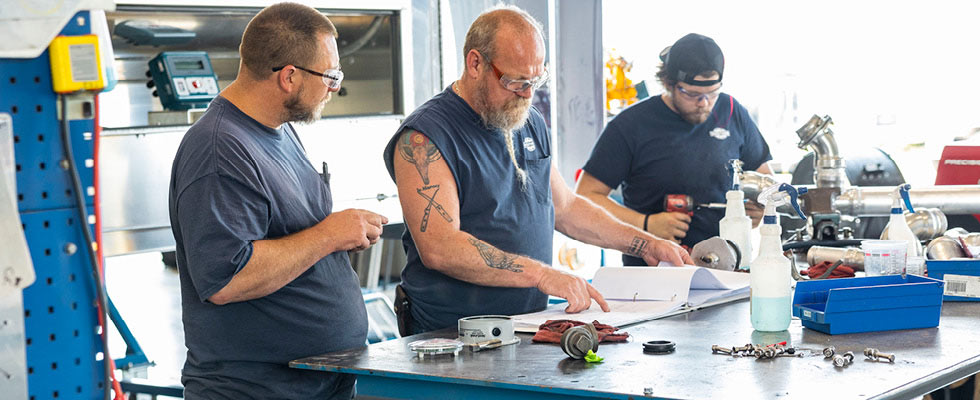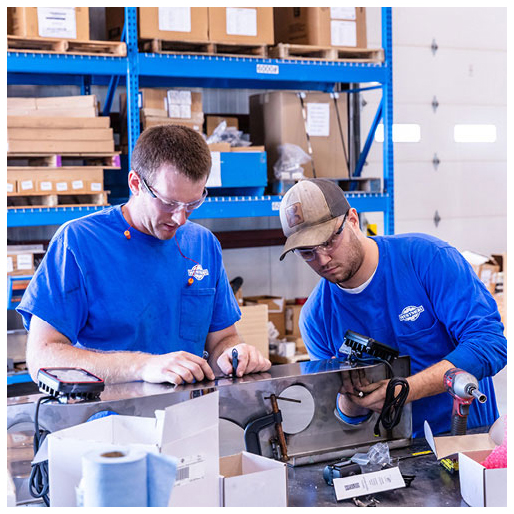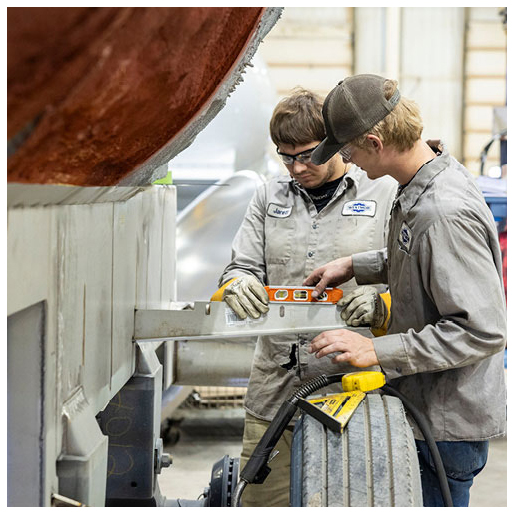
In today’s fast-paced world, change is the only constant. This reality extends to every aspect of our lives, including our workplaces. Industries are evolving, driven by advancements in technology and shifts in workforce demographics. Consequently, businesses must continually adapt their approaches to recruitment and retention to thrive in this dynamic environment.
Unlike previous generations, where individuals might have stayed with one or two employers throughout their entire careers, today’s workforce is characterized by frequent job changes and career shifts. This reality presents unique challenges for employers, particularly in industries like manufacturing and in-field services, where specialized skills are essential.
In these sectors, the learning curve can be steep, and it often takes years for employees to reach their full potential. Retaining talent during this crucial period is paramount, yet traditional retention strategies may not suffice. While competitive salaries and benefits are important, they are not always enough to keep employees engaged and committed for the long term.
One of the key factors influencing employee retention is the quality of management. As the saying goes, “People don’t leave companies, they leave managers.” This underscores the critical role that effective leadership plays in creating a positive work environment. Managers must be invested in the company’s culture and values, providing support and guidance to their teams.

Moreover, the modern workforce craves personalized experiences. Employees want to feel valued as individuals, with their unique skills and strengths recognized and appreciated. This requires managers to adopt a flexible approach, tailoring their leadership style to the needs of each employee.
Empowering employees to innovate and grow is an essential aspect of workforce development. Organizations that encourage creativity and initiative are more likely to retain top talent and stay ahead of the competition. Managers play a crucial role in fostering a culture of innovation, providing the support and resources needed for employees to thrive.
At the heart of successful workforce development is a clear and compelling vision. Organizations with purpose and direction are better equipped to attract and retain top talent. When employees understand and align with the company’s vision, decision-making becomes more straightforward, and everyone can contribute to achieving shared goals.

For those new to management or employee development, here are 11 ideas to encourage workforce development:
- Express appreciation and promote resilience. Employees need to be recognized for their efforts, even when the outcome of their work is not always favorable. You’ll foster a culture of appreciation while promoting resilience and positivity.
- Promote innovation and trust. Encourage your teams to think outside the box and develop creative solutions, especially regarding challenges your company is experiencing. Employees can be closer to the challenges and may surprise you with their problem-solving skills. Plus, they’ll feel valued that you trusted them in this capacity.
- Showcase their skills and foster relationships. When you know an employee has a specific skill or gift, allow them to showcase it beyond their immediate team. They’ll build long-lasting relationships with those around them, plus gain energy from doing what they’re naturally good at.
- Collaboration and teamwork. Bring diverse team members together to improve ideas and encourage teamwork. While building a strong team, this will also naturally facilitate the introduction of new ideas, processes and procedures.
- Freedom to fail and learn. Embrace failure as a learning opportunity. This is how we all learn. If it doesn’t go well, your team won’t be as inclined to try again in the future. These are also moments to share your failures and lessons learned. This will promote transparency and trust.
- Create vision and alignment. Forego micromanaging and empower your employees to make informed decisions. To do this, they must know where the “ship” is headed. Always share your vision and check in regularly to ensure alignment.
- Empowerment and ownership. Teach your employees critical thinking and decision-making skills. You’ll build a confident team member who will keep things running smoothly in your absence and build more trust as they are allowed to truly own their role.
- Information sharing and transparency. Trust your teams to receive appropriate information about you, your team or your organization. This will bridge the gap between management and employees while enabling better decision-making through transparency.
- Effective delegation and skill building. Give important tasks to your employees — not the ones you don’t want, but rather those they’ll enjoy working on and tasks that will build their skills. They’ll be fulfilled at the end of the day while building their careers.
- Mentorship and leadership development. Mentor new employees to navigate your organization. Pull others up behind you and help them get further, faster. You’ll build new leaders within your organization, discover hidden talents and nurture important relationships. 11. Inspire those around you.
- Inspire those around you and become the leader or manager everyone wants to interact with. Showcase your best so that those around you model their best. Remember, you become most like the top five people you spend the most time with — and we all spend a lot of time at work!
It’s also important to recognize that not every employee will stay with the company indefinitely. Sometimes, the grass may seem greener on the other side, and individuals may choose to pursue opportunities elsewhere. In such cases, it’s essential to support their decisions and maintain positive relationships, as they may return in the future, bringing valuable experience and insights.
Navigating workforce development in today’s changing world requires adaptability, effective leadership and a commitment to fostering a positive work culture. By recognizing the unique needs of employees, empowering them to innovate and aligning organizational values with strategic objectives, businesses can build a workforce that is resilient, engaged and ready to succeed in the years to come.


